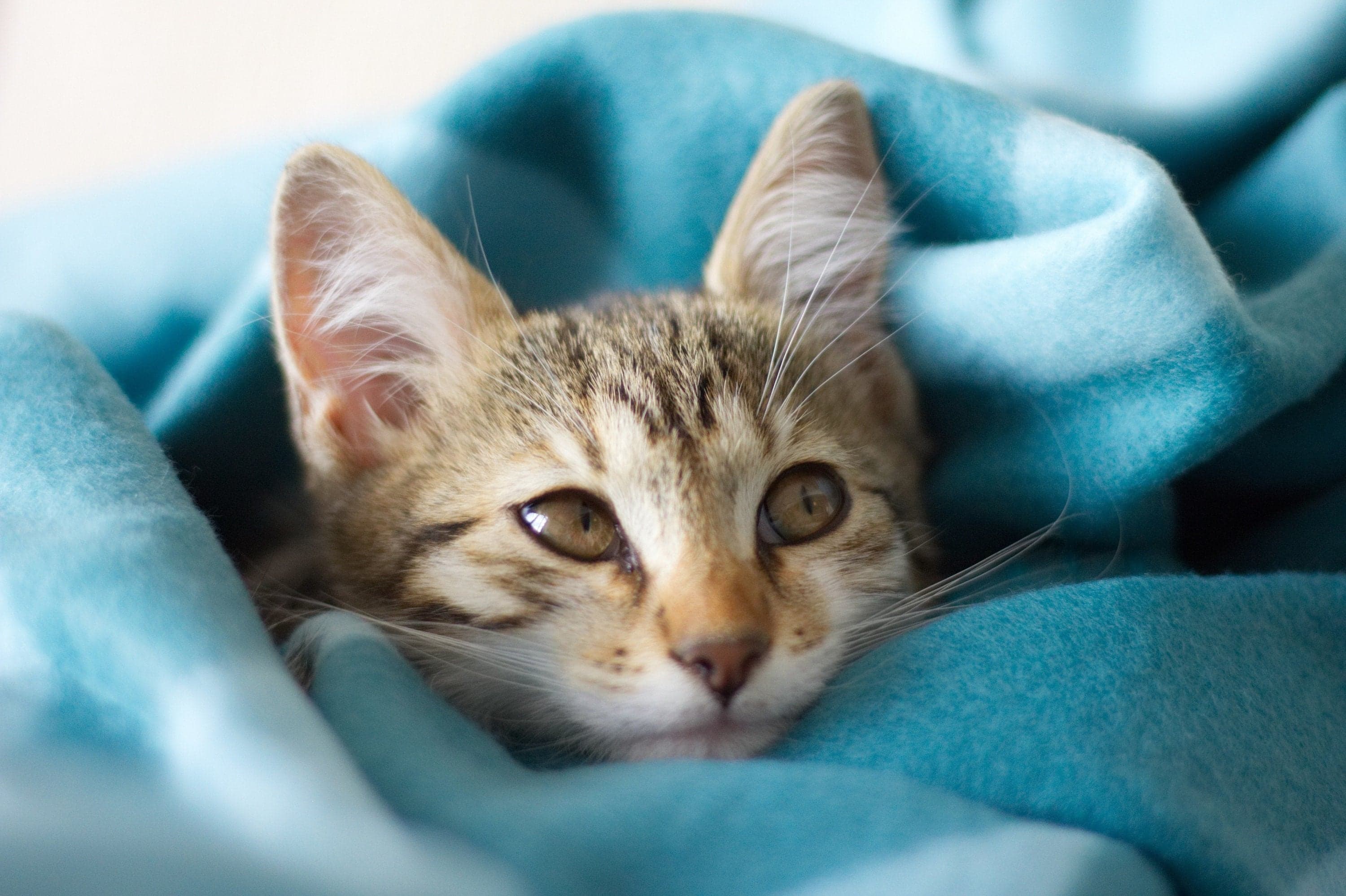As you may know, we are currently launching our updated Basepaws Genetic Report! We are so excited to share all that we have learned, as well as many new features of the report. One of the sections that we are most excited about is the Chromosome Map, a beautiful visual representation of the genetic similarities of your cat’s DNA. Allow us to walk you through the usefulness of this unique feature, so that we may provide some clarity on the newly available information.
What exactly is Chromosome Map, and why do I want it?
Chromosome Map is a way of visually representing the entirety of the genetic code information in order to aid in understanding the results. This allows us to quickly understand and communicate exactly which section of your cat’s DNA relates to our pedigreed cat breed database. Take a look at an example image of a Chromosome Map below:

Looking at this image, we can see that there are 18 pairs of chromosomes highlighted, with labels to denote exactly which chromosome it is. These are the full chromosomes that we have analyzed for your report. While cats have 19 pairs of chromosomes (38 in total), we do not report the sex chromosome (pair 19) at this time as the genetic information passed down in the X/Y chromosome (female/male respectively) is more complicated. We are working to help define these relationships, and hope to add them to the report in the future.
Let’s Talk Colors!
To interpret the colors, we refer to the percentage circle found at the top of the page (presented below). This breaks down the percent of genetic similarities your cat has to the main cat breed groups.

These breed groups are Western (breeds from the Americas and Europe), Eastern (from Asia), Hybrid (from crosses with wildcats), and Polycats (yet unknown combinations from years of natural reproduction). In the newest Breed report iteration, we have adapted the classification of breeds into five novel categories. These breed groups will be Western, Eastern, Persian, Exotic and Polycats. Polycats are the oldest cat breed, with all breeds descending from unique genetic combinations found within them over time. Keep these different breed groups in mind. The sections of genetic similarity may contain hints about the genetic influence of your cat’s DNA on physical traits, personality, or health!
The Beauty of Colorful Artwork
Looking at the length of the colors and their mixture also reveals a lot about the genetic history of an animal. By the large majority, each cat inherits half of their chromosomes from their mother, and the other half from their father. The chromosomes inherited in this manner will go through a process called recombination. In recombination, the parent's chromosomes are randomly shuffled which helps increase genetic diversity in a population. Higher genetic diversity usually leads to healthier offspring.
Unlike dogs, cats were usually not breed for the purpose of targeting specific gene combinations until relatively recently (within the last 150 years). This is because cats created their own niche as rodent hunters and hired themselves for job! Cats have naturally reproduced since that point in time. This form of reproduction has allowed the feline genetic code to stay incredibly diverse (even with pedigreed breeds), and is reflected through your Chromosome Map.

What Should I Celebrate From this Map?
This map is a colorful visualization of your cat’s genetic relationships. Understanding these breed groups and specific breed similarities creates a foundation for you and your cat to explore and thus deepen the bond. The Chromosome Painting is truly a unique, one of a kind piece of art, which can only be created by your unique little fur-baby!
More about your report:



